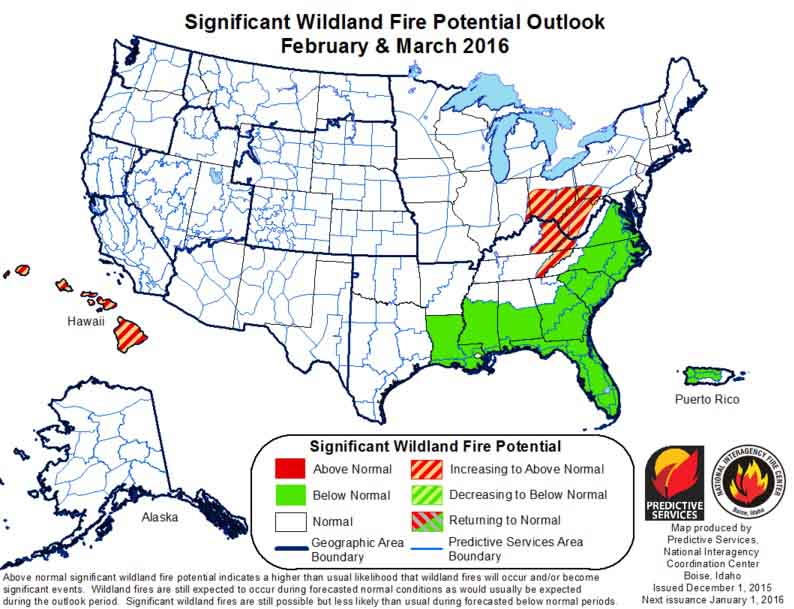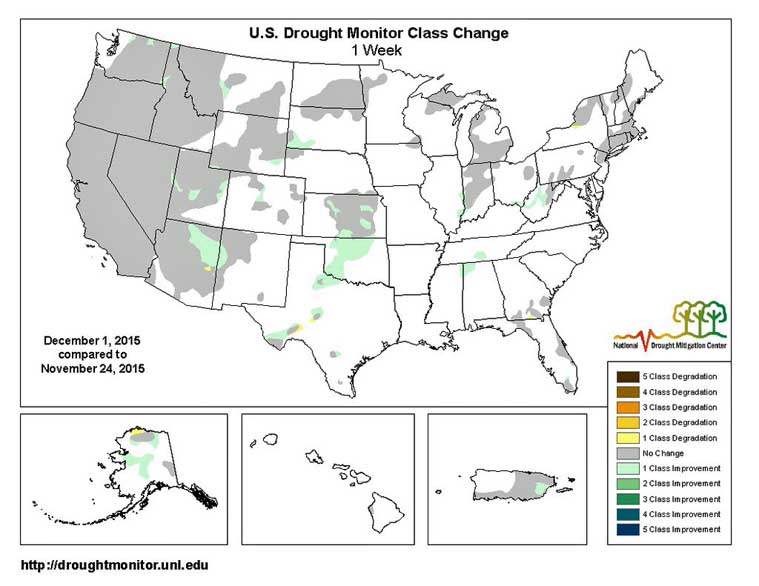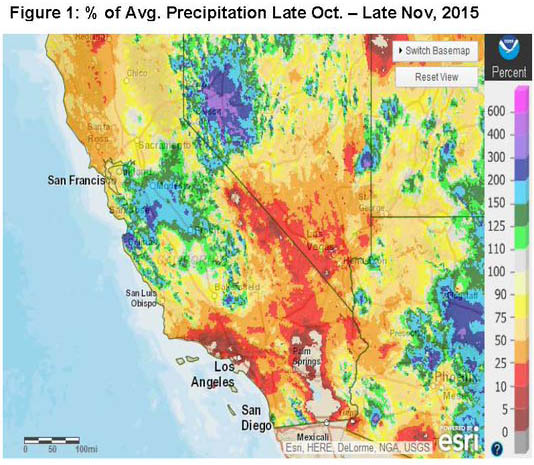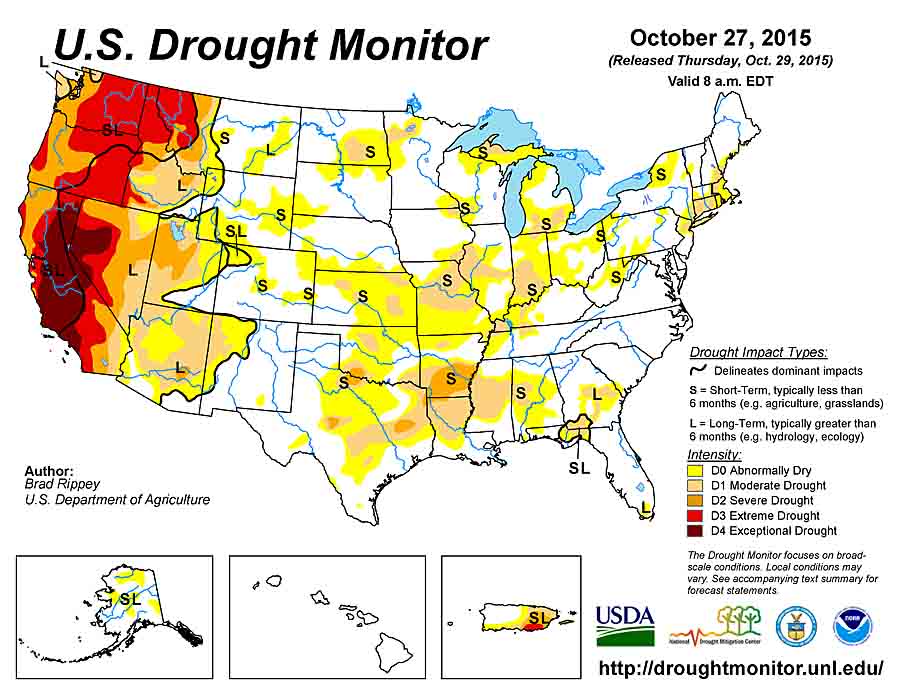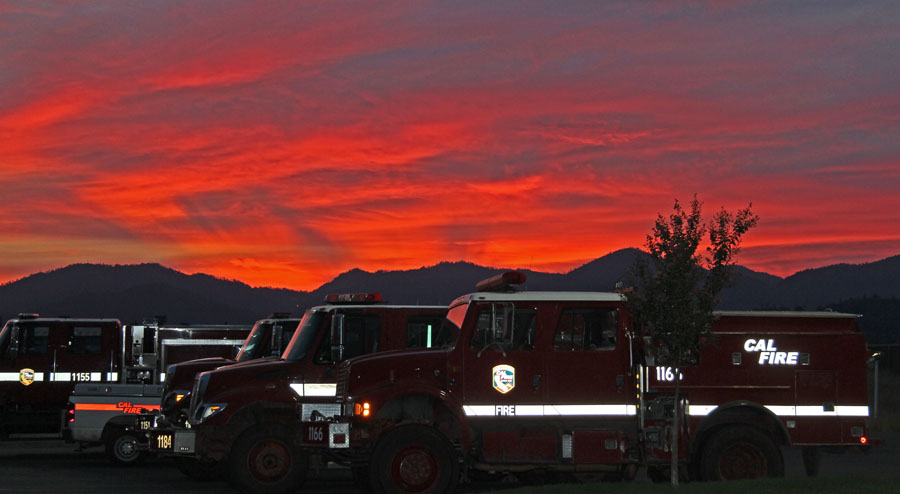Above: the status of the large reservoirs in California as of February 16, 2016, showing the current water levels and the historic average for the date. California Department of Water Resources.
In spite of significant rain over parts of California over the last six months all but one of 12 large reservoirs in the state are still storing water at levels below the historic average for the date. Folsom Lake has 117 percent of average while the other 11 have from 30 to 80 percent.
Precipitation predicted for Thursday in the Sierra Nevada Mountains should help a little, with some areas above 7,000 feet receiving a foot or more of snow.
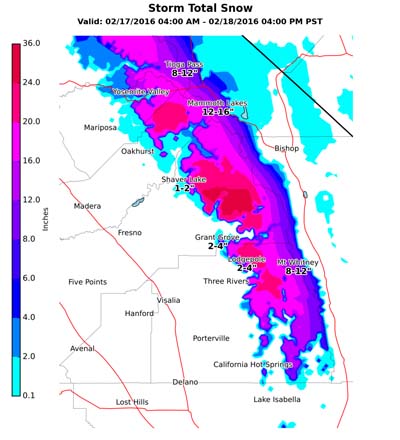
The photo below shows the extreme northern end of Trinity Lake on August 9, 2014 when it held about 40 percent of average. On February 16 of this year it was at 43 percent.
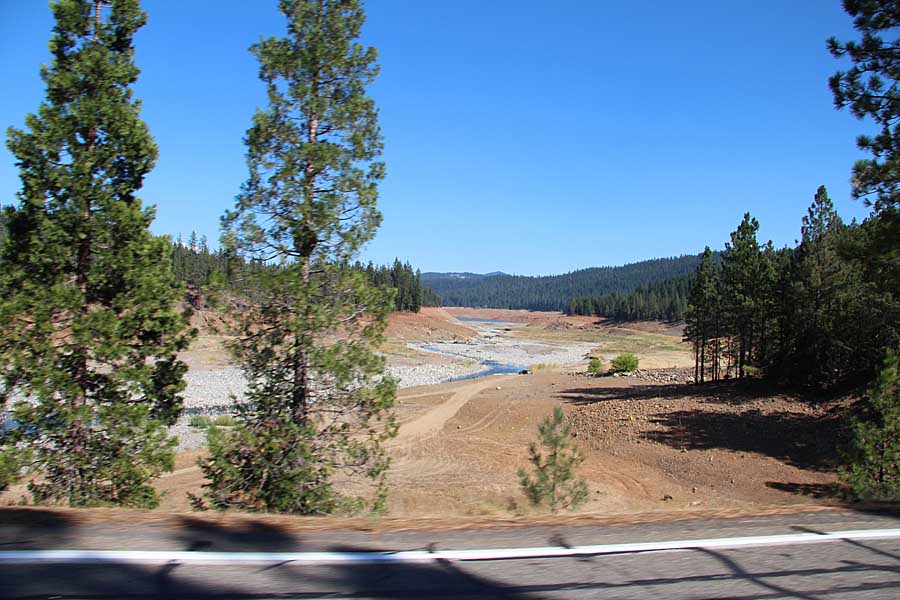
It remains to be seen how the winter weather will affect the 2016 wildfire season. It is a factor of course, but more significant is the weather DURING the fire season. If it is hot, dry, and windy, there will be major fires.




